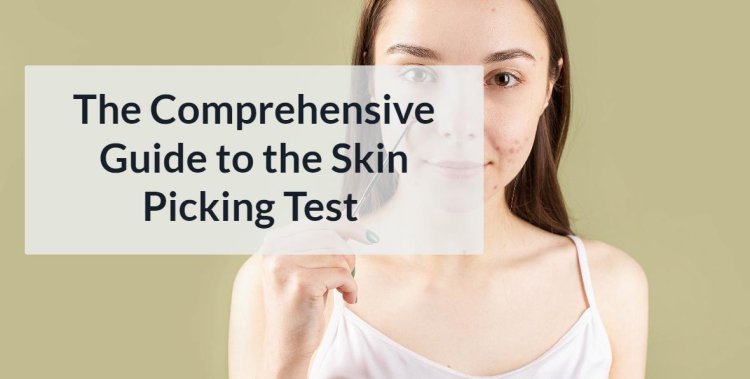OCD Skin Picking: Understanding Compulsive Skin Picking and How to Stop
OCD-Anxiety.com is a trusted online resource offering invaluable insights and support for those navigating the challenging landscape of Obsessive-Compulsive Disorder (OCD) and anxiety-related conditions. With expertly curated content, practical coping strategies, and user-friendly tools, the platform empowers individuals to understand their conditions better and take control of their mental health. From informative articles to a compassionate community forum, OCD-Anxiety.com serves as a beacon of hope, fostering understanding and fostering a sense of belonging on the journey to recovery.
Share this Post to earn Money ( Upto ₹100 per 1000 Views )

Skin picking, a common behavior among many individuals, can range from the occasional, harmless picking of a scab to a much more serious and compulsive condition known as Obsessive-Compulsive Disorder (OCD) skin picking. For those who suffer from this condition, the urge to pick at their skin can become overwhelming and disruptive to their daily lives. In this article, we will delve into the world of compulsive skin picking, explore a skin picking test to help identify the problem, and offer guidance on how to stop this harmful behavior.
Understanding Skin Picking OCD
Compulsive skin picking, also known as dermatillomania or excoriation disorder, is a mental health condition characterized by the irresistible urge to pick at one's own skin. While most people may occasionally pick at a pimple or scratch an itch, those with OCD skin picking engage in this behavior to an excessive and often harmful extent. It can lead to physical damage, scarring, and significant emotional distress.
Individuals with OCD skin picking often use their fingers or tools to remove perceived imperfections on their skin. They may focus on acne, scabs, blemishes, or even healthy skin, creating a vicious cycle of picking and causing further damage. This behavior can be driven by a variety of factors, including stress, anxiety, boredom, or a sense of satisfaction derived from picking.

Identifying whether you or someone you know may be struggling with OCD skin picking is an essential first step in seeking help and support. The following questions can serve as a simple self-assessment to determine the severity of the condition:
Do you spend a significant amount of time each day picking at your skin?
Does skin picking interfere with your daily activities, work, or social life?
Have you tried unsuccessfully to stop or reduce skin picking?
Do you experience anxiety or distress when you attempt to resist the urge to pick?
Have you caused skin damage or scarring due to skin picking?
Do you feel a sense of relief or satisfaction when you pick at your skin?
If you answered "yes" to one or more of these questions, it's possible that you may be struggling with OCD skin picking, and it is advisable to seek professional help from a mental health expert experienced in treating this condition.
How to Stop Picking Skin
Overcoming compulsive skin picking is a challenging journey, but it is possible with the right strategies and support. Here are some steps to help you stop picking your skin:
Seek Professional Help: Consult with a mental health professional, such as a therapist or psychiatrist, who specializes in treating OCD and related disorders. They can provide you with tailored strategies and therapy techniques.
Cognitive-Behavioral Therapy (CBT): CBT is a highly effective therapeutic approach for treating OCD skin picking. It helps individuals recognize triggers, develop healthier coping mechanisms, and gradually reduce the urge to pick.
Medication: In some cases, medication, such as selective serotonin reuptake inhibitors (SSRIs), may be prescribed to help manage the anxiety and urges associated with skin picking.
Identify Triggers: Keep a journal to track when and where you are most likely to engage in skin picking. Identifying triggers can help you develop strategies to avoid or manage them.
Replace the Behavior: When you feel the urge to pick, try substituting it with a healthier behavior, such as squeezing a stress ball, drawing, or engaging in deep breathing exercises.
Create a Support System: Share your struggle with trusted friends or family members who can provide emotional support and encouragement.
Self-Care: Prioritize self-care practices that reduce stress and anxiety, such as regular exercise, meditation, and a balanced diet.
Remember that overcoming OCD skin picking is a gradual process, and setbacks may occur. Be patient with yourself and celebrate small victories along the way.
In conclusion, OCD skin picking is a challenging condition that can significantly impact one's life, but with the right support and strategies, it is possible to break free from this compulsive behavior. If you suspect that you or someone you know is struggling with skin picking, seek professional help, and remember that recovery is achievable.







